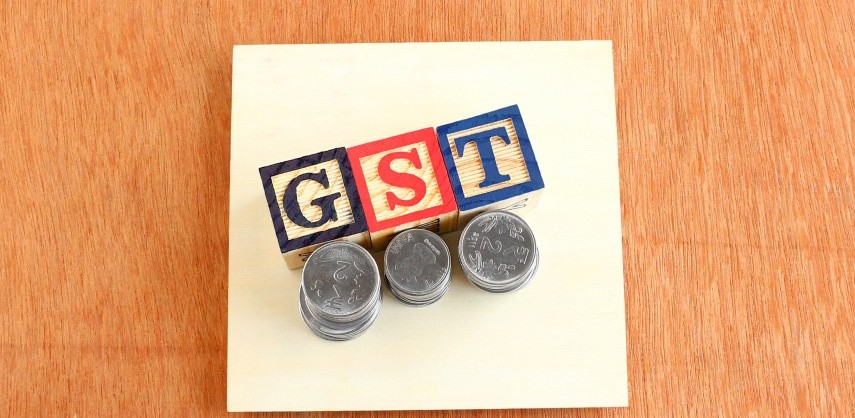Lessons From Outside As India Readies Itself To Implement GST

As India is inching closer to implementing a single taxation system, there are lessons it can learn from nations which have already implemented similar laws. Currently, over 160 countries have in place the GST law in different forms. While France was the first country to introduce the tax regime, Canada and Brazil are the only countries which have dual GST model like India's where revenue will be divided between states and the Centre.
Global practices
- The main purpose of implementing the GST regime in France was to stop tax evasion which was prevalent in the country due to high tax rates.
- The European Union adopted the system to replace turnover tax, with an aim to generate revenue on general consumption items.
- In Australia, the GST regime was implemented as a federal tax that is collected by the Centre and distributed to the states.
- In China, the tax system applies only to goods and the provision of repairs, replacement and processing services.
- Countries such as Singapore and New Zealand tax almost everything at a single rate.
How India's GST is different from rest of the world
The tax structure in India is different from other countries as it is payable at the final point of consumption. Typically, the tax is collected on value-added goods and services at every point of the supply chain. Being a union of states, India follows dual tax structure i.e. different tax schemes for the Centre and states and this will be applied to the GST regime as well.
Also, while other countries have rates in the range of 15-20 per cent, India's rate is lower as compared to other countries and ranges between 5-28 per cent.
Lessons for India
As India prepares to adopt the new tax system, here are certain points for it to consider:
- Singapore introduced the system in 1994 and saw a spike in inflation soon after the implementation as the effective tax rate was higher than what prevailed before. This means administrators need to keep a check on the movement of product pricing.
- The Canadian government faced resistance internally over the GST law. Therefore, the government reduced the rate twice after implementation. This means the GST rate has to be realistic which should not burden the common man and need not required alteration frequently.
- Businesses in Malaysia showed harsh resentment even when the government gave them 18 months to prepare themselves for the new tax regime. Looking at the complexity of the Indian GST, businesses need to start early to be GST-ready at the time of implementation. As the Central government has asked businesses to go live with the new GST within nine months of implementation, it is going to be a challenging task for all the stakeholders.
Meanwhile, Malaysia also came out with a handbook on tax practices for each business segment to make the entire system easy to understand. Indian legislative bodies should also think about similar publication.
- Since the GST is applicable on every transaction, India needs to adopt advanced information technology infrastructure to encapsulate and embed systems which are GST compliant.
Also Read: GST: What's In Store For Real Estate Sector

